Let’s put some Legendary Inventors to the test!
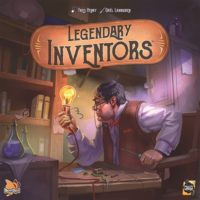
Who’s the best inventor of all time – Archimedes, Fibonacci, Pascal, Edison, or Franklin?
In Legendary Inventors you’ll get the chance to put them to the test.
I first got a chance to play Legendary Inventors in the Asmodee booth at Gen Con 2016 just before it was released. It was one of the games I most enjoyed playing at the con and I was excited to get a copy for our family soon after.
Now that we’ve been able to play it more, we’re happy to finally share our thoughts.
How to play Legendary Inventors
The objective in Legendary Inventors is simple: become the greatest team of inventors in the world!
Players achieve this by working on inventions, acquiring patents, and improving the skill of the inventors on their team.
The game is played over 3 Ages representing different periods of time and the progress of inventions around the world.
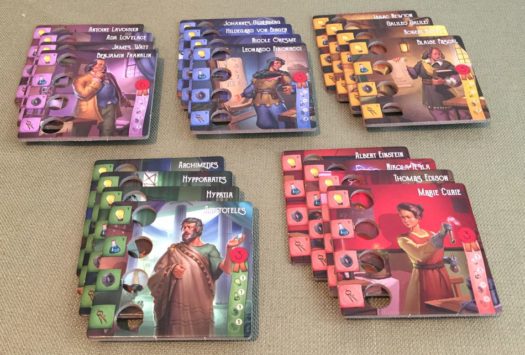
Set up
To begin, each player chooses their team of inventors (by color) and gets their associated starting knowledge tokens and cubes.
A number of invention cards are drawn from the Age 1 deck equal to the number of players plus 3 and placed face up in the center of the play area. Then reward tokens are randomly drawn from the bag and 2 are placed on each invention. Each reward token is placed so the side showing the number “1” is face down.
Players decide who will go first and that player receives the cool Leonardo da Vinci bust.
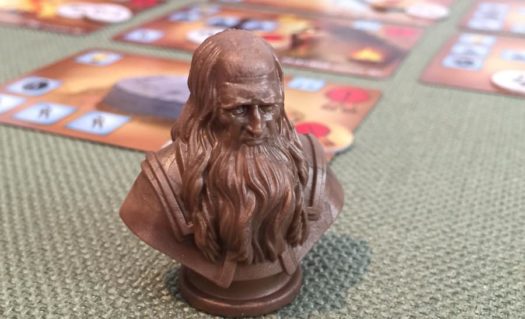
Playing the game
On a player’s turn they can do 1 of 2 things – either send an Inventor to work or refresh all their Inventors.
1. Send an Inventor to work: A player chooses one of their available inventors to send to work. The player chooses one invention to work on and places their colored cubes matching the number and type of skill of that inventor onto the invention.
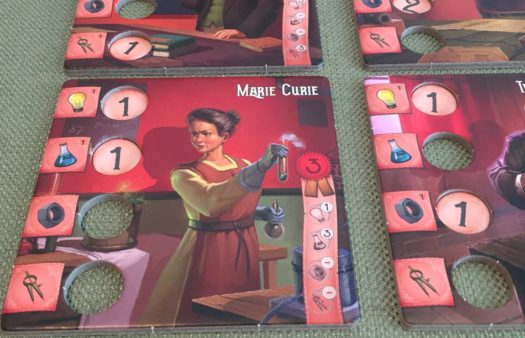
For example, if Marie Curie has 1 Physics, 1 Chemistry, 2 Mechanics, and 0 Mathematics as her current skill set, she can place up to 4 cubes on one invention on any open icons matching those same abilities.
As the round continues, the amount of open icons on the inventions will be limited. If the chosen invention only has spaces for some of the potential cubes an inventor can contribute, the surplus cubes are not used.
The player then rotates the Inventor sideways to signify he/she has gone to work.
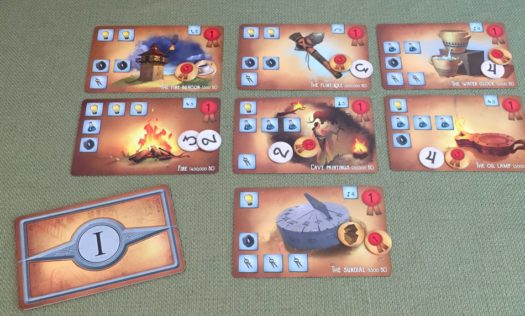
2. Refresh Inventors: A player rotates all their Inventors back to their upright position to indicate they are now available to go to work on subsequent turns.
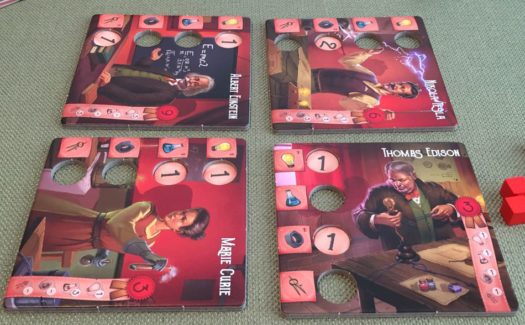
Completed Invention Rewards
Once all spaces on an invention are filled, that invention is considered complete.
As soon as this occurs, the player who placed the final cubes gets the Leonard bust and the invention’s 3 rewards are divided among the players who worked on that invention. Players get to choose their rewards by order of majority. Thus, the player with the most cubes contributed to that invention chooses first and so on down the line. Each player only receives one reward. If only 2 players worked on an invention, the third reward is simply discarded.
The players can choose to either take 1 of the 2 tokens on the card or take the card itself as their reward.
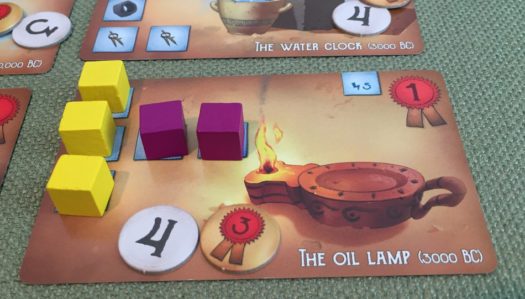
The top right corner of the invention indicates the amount of victory points the invention is worth at the end of the game.
The tokens can grant the following:
- Number – these numbers can be used to improve the skill of Inventors. At any moment in the game, each level can be added on top of the level directly preceding it. For example, a #3 can be placed on a #2 to increase the skill of that inventor. Now that inventor can place 3 cubes of that skill.
- Victory Points – these tokens are worth that number of points at the end of the game.
- Cup – this allows a player to refresh all Inventors without taken a full action to do so.
- Crates – these are additional knowledge tokens. A player can spend this token to place 2 additional cubes on the chosen invention even if the inventor doesn’t have that knowledge. It’s like 2 wild cubes.
- Stars – these tokens allow a player to replace any missing value in a run of invention levels (explained shortly).
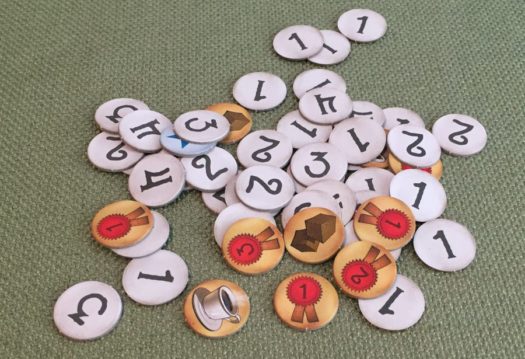
All reward tokens have a #1 on their flip-side, which can be used as a progress token to give an Inventor a first-level skill.
After the rewards are handed out, play continues with the player to the left of the Leonardo bust.
An Age ends when the second to last invention is completed. When this occurs, the cubes on the uncompleted invention are returned to their owner and the next Age begins.
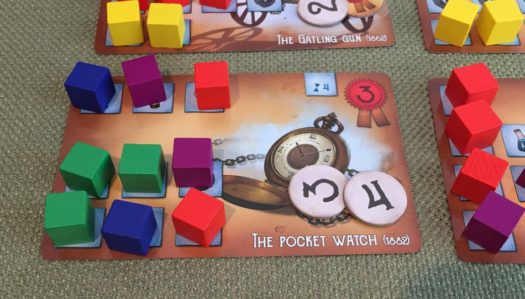
Game End
After the end of the 3rd Age, players total all their victory points.
- Points from inventions they’ve acquired. These are indicated by a number in the ribbon in the upper right corner.
- Points earned from forming runs of inventions. Each invention card also has a classification number in a blue box in the upper right corner. Players earn points equal to the highest classification number in each run of inventions they can form (start counting at 0).
- Points from Victory Point reward tokens collected.
- Points from his Inventors who have reached their progress goal. On the right side of each Inventor board is a Victory Point ribbon. If the player gets that Inventor’s skills to the target amount, they’ll claim the indicated points.
As you’d expect, the player with the most victory points wins and will be known as the greatest team of inventors ever! (At least until the next game.)
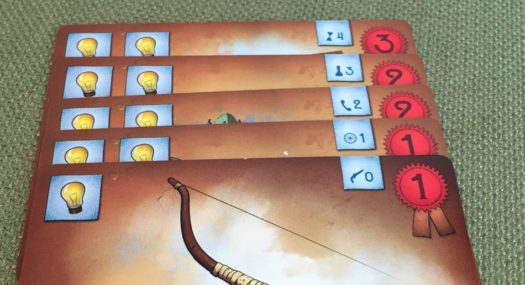
Can the whole family enjoy playing Legendary Inventors?
Legendary Inventors is a great family board game. It has a great balance of strategy and luck and can be enjoyed by young and old alike. Although the recommended age on the game box says ages 10+, we’d suggest 8+.
The luck of the game comes from the random inventions that come out each round as well as the reward tokens that are placed on each invention. But once those are known, the results come down to player choices.
And there are plenty of choices to make along the way – which is one of the key elements we enjoy about the game.
There are multiple ways to score points during the game. But players can’t get everything they want. So they’ll have to pick and choose what paths to pursue.
Should they try to get their Inventors to their optimal skill levels to score points that way? Or should they try to chain inventions together in runs for more points? Or should they just go after points from inventions?
While players will most likely score points from all areas, it’s helpful to specialize in one of those directions for maximum effect.
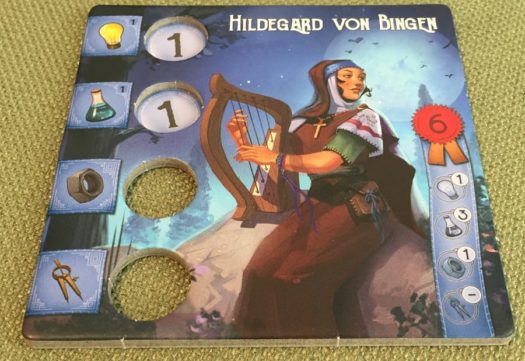
If you were the only team of Inventors in the game, it would be easy to carry out your plans. But that’s not the case.
There are other pesky Inventors all around messing with you plans.
While that may sound bad, that player interaction is what creates the tension in your choices. Choosing which inventions to pursue is impacted by what the other players choose to do.
It can pay off well to keep an eye on what skills their available Inventors have left use.
Since players only take one action on their turns – put an Inventor to work or refresh all their Inventors – game turns go by very quickly. Before you know it, one Age will end and a new Age will dawn.
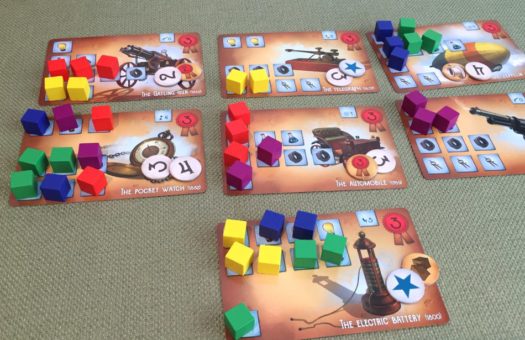
Pros and Cons
We’ve already mentioned a few of the things we really enjoy about Legendary Inventors – the mix of luck and strategy, player interaction, and multiple ways to gain points.
We also really love how well the skills are structured among the different Inventors and inventions. The staring skill sets of each Inventor are very well suited to their skills in real life. And the mix of skills required to achieve an invention are directly tied to the invention itself.
The game also comes with an Inventor Reference booklet that gives a brief synopsis of each Inventor in the game. It’s a great way to quickly learn about your team of inventors before playing.
Another thing we really love about the game is the quality of production. For starters, it just looks beautiful. The artwork is great and the Leonardo da Vinci bust is awesome. And the thickness of the Inventor boards is perfect for stacking the skill levels of each inventor. The circular tokens fit snuggly in place so there’s not accidental bumping of other items that could have been used to indicate skill level.
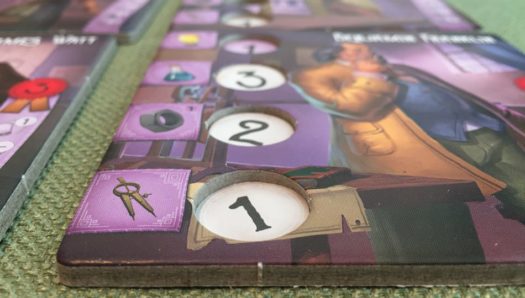
That being said, there are also a couple things we haven’t liked about Legendary Inventors.
The first is that sometimes it feels like the “rich get richer” symptom can have an impact on the game. And this stems from the random reward tokens placed on the inventions. The really cool abilities of the cup and crates can be very powerful. And they seem to come out few and far between. So the player that snags those can burst ahead by timing their extra placement of cubes well or refreshing their Inventors without spending a whole turn to do so.
One of the benefits for Legendary Inventors being a good family game is that it’s a quick game to play. But that’s also felt like a downside to us as well. Ages seem to end much sooner than we’d like – namely, before we’re able to get many rewards.
Depending on how the inventions are pursued, we might get hosed on a few inventions and left with a third option of a not-so-great reward or no reward at all. Thus, an Age will end without gaining many advantages going into the next round. So when the game ends, we feel like we’re just starting to get our inventor momentum.
Of course, our simple solution to address these issues is to put out more inventions in each Age. That means more potential rewards and a slightly longer game.
It also means higher total scores at the end of the game. And who doesn’t like high scores?
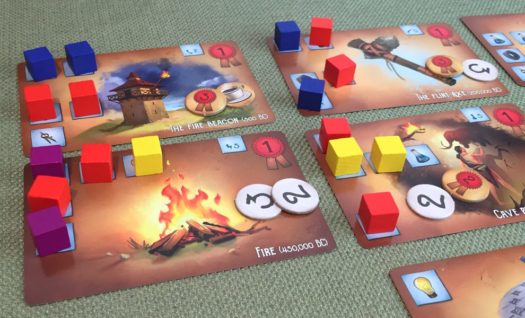
How does Legendary Inventors score on our “Let’s Play Again” game meter?
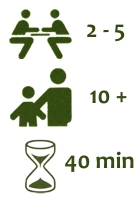 Legendary Inventors is a good family board game that’s easy to teach, play, and repeat. It’s a lot of fun pretending to be a team of inventors from different eras competing against each other to patent notable inventions.
Legendary Inventors is a good family board game that’s easy to teach, play, and repeat. It’s a lot of fun pretending to be a team of inventors from different eras competing against each other to patent notable inventions.
And because each game doesn’t last too long, it’s easy to reset and play again. Just pop out the skill level tokens, switch inventor teams, shuffle the Age cards, and you’re off and playing again.
Since the rules are very simple, Legendary Inventors is also a game that’s not intimidating to pull off the shelf and just start playing. There’s no big “rules refresh” needed before playing.
If you like board games that have a mix of luck and strategic choices along with player interaction, we’d recommend you give Legendary Inventors a try.
We’d like to thank Asmodee for a review copy of Legendary Inventors.

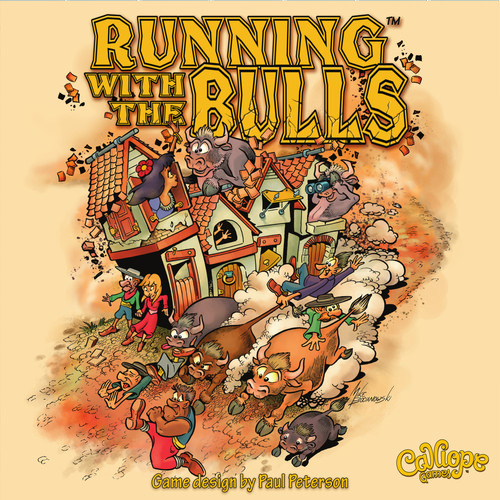

What a great idea for a game.
Definitely on my list of Christmas presents for a few of our team too – as we work with inventors and new products.
I also hope it’s not too complicated for little ones to get something out of – as it could encourage more inquisitive young minds to go into design at some point.
Best of luck with the game.
Henry – It’s a great game to have on your Christmas wish list.